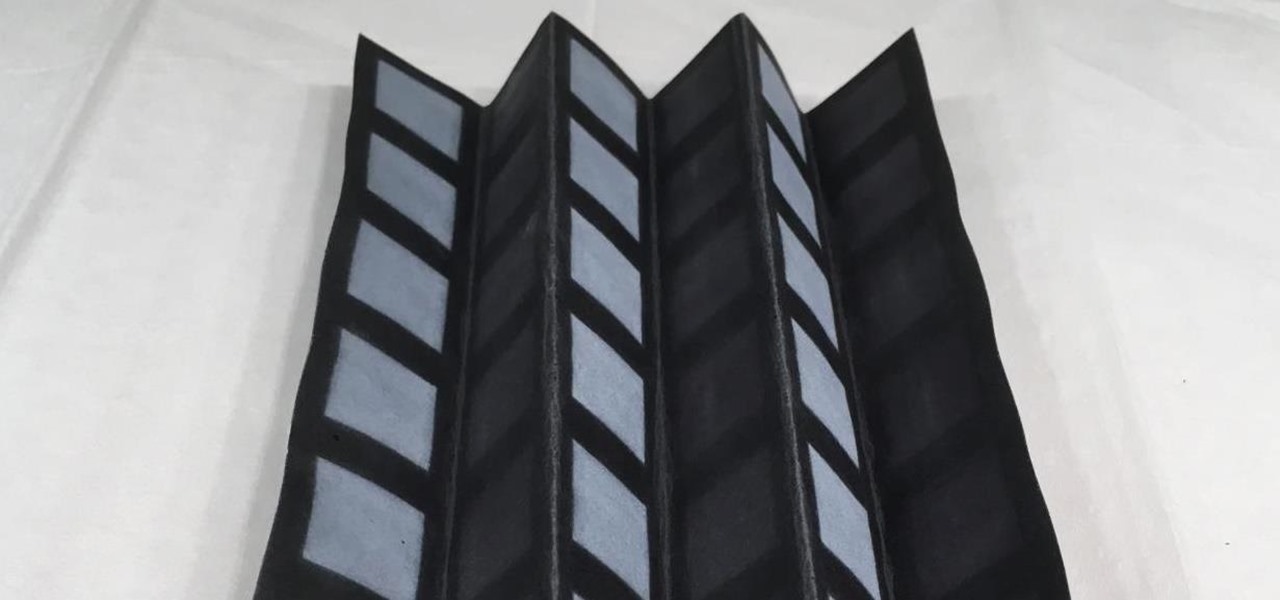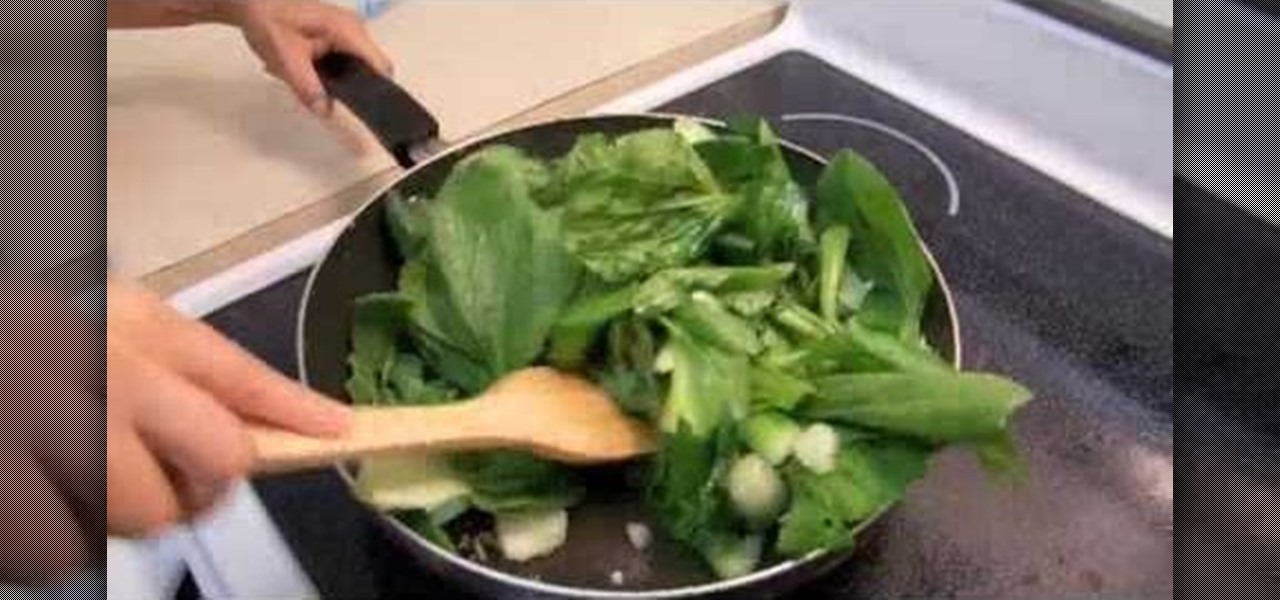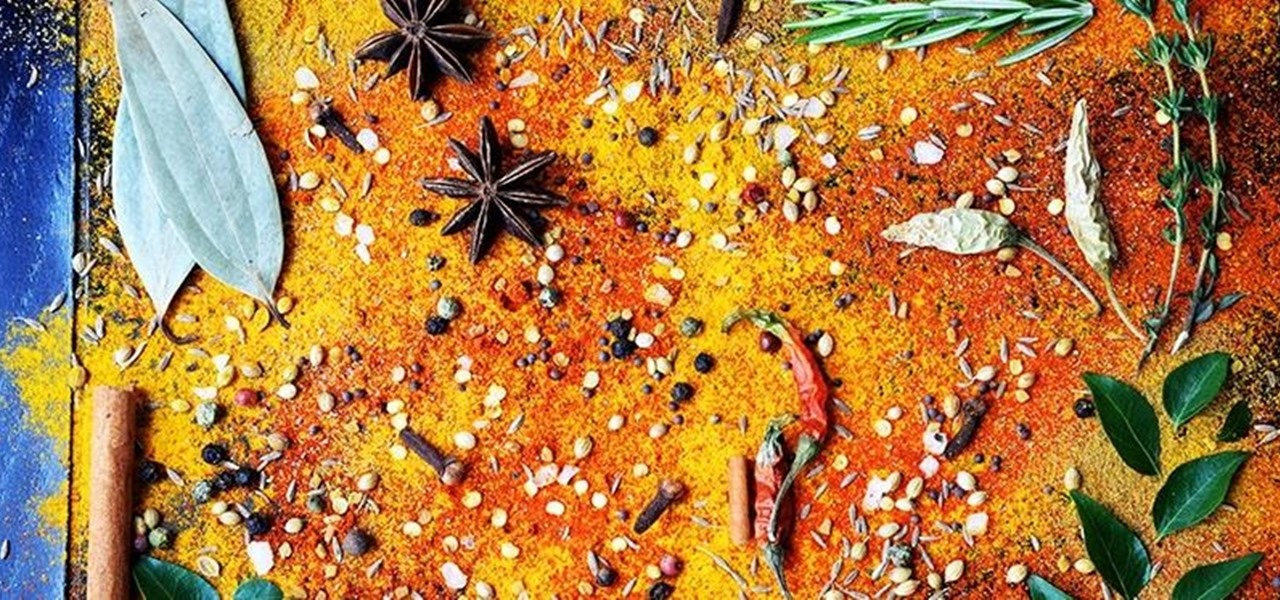
Contrary to popular opinion, Chinese food does not only consist of orange chicken and friend rice (though, admittedly, they are quite delish). In fact, there exists quite a variety of elegant, delicate dishes for the picky gastronome.

Everybody wants to learn how Blake Lively does her fishtail braids in the hit TV show Gossip Girl, and this video will show you how it's done, like a professional hairstylist! Christine Choi from the Neihulé Salon in Los Angeles is here to demonstrate the perfect fishtail braids.

In the perpetual search for a renewable and convenient energy source, our bacterial friends have once again stolen the limelight.

Bok choy is to be properly washed and drained. If the stem is too large it is to be cut off and cooked separate. Cooking Oil is heated in a frying pan within which chopped garlic is placed to fry. The stem is then put in to fry first. The bok choy is added to the stems and is flipped and stirred many times on high heat, with a spatula until softening and cooking begins. Salt is added to this when it is 3/4 cooked to enhance the taste and cooking ends shortly after. Do not add soya sauce as th...

In this video, Bud Brown explains that it's useful to learn to say "I am about to (do something)" or "I just finished (doing something)" in another language. The Vietnamese word for "about to" is "sap" pronounced "sup". To say "I'm about to go out" in Vietnamese is "Toi sap di choi." "I'm about to eat" is "Toi sap di an com." To indicate that you just finished doing something, use the Vietnamese word "vua" pronounced "vuh". "I just finished eating" is "Toi vua an com." "I just finished workin...

Kitten Planet, a spin-off company that grew up in Samsung's C-Lab incubator, has developed a connected toothbrush that teaches and motivates children to brush their teeth better via augmented reality while tracking their performance.

Ching-He Huang shows us how to make a Five Spice Chicken Stir-Fry. Start with chicken breast, oyster sauce, corn flour, carrot, ground white pepper and salt.

You already know that 3D-printing technology is swiftly evolving—it's been used to print balloon animals, bikinis, and house keys, and there's even an affordable home version of the printer, as well as one you can 3D print.

As a frequent collaborator with Qualcomm, it would be kind of weird if Nreal didn't have something new to unveil at this week's Snapdragon Summit.

When Pokémon GO developer Niantic launches its Real World Platform for augmented reality gaming, it will run over 5G speeds courtesy of T-Mobile parent company Deutsche Telekom and the edge servers of its MobiledgeX subsidiary, the companies announced today.

I truly don't understand why anyone would pay $10.99 for a case of carbonated water just to feel like a Midwest mom on a diet. Every time I talk about LaCroix, pronounced La-CROY (rhymes with enjoy), it's like I take all the money I spent on my French major and light it on fire.

Eating out is great, but being able to cook the delicious ethnic foods you eat at restaurants is even better. It may seem daunting to put together a bunch of ingredients with which you might not be familiar (some with names you've never even heard of!), but with the guidelines below, you'll be making your own versions of ethnic favorites in no time.

Scrabble Bingo of the Day: CABRESTA [n/pl.] A cabresta (also cabestro or cabresto) is simply a lasso, a rope formed with a running noose that's used on ranches and Western plains for catching horse and cattle. Cabresta comes from the Spanish word halter, which refers to the headgear used for leading or tying up livestock and other animals. But halter also used to mean to hang someone by roped noose, which could be how it became popular as a term for a noosed lasso.














